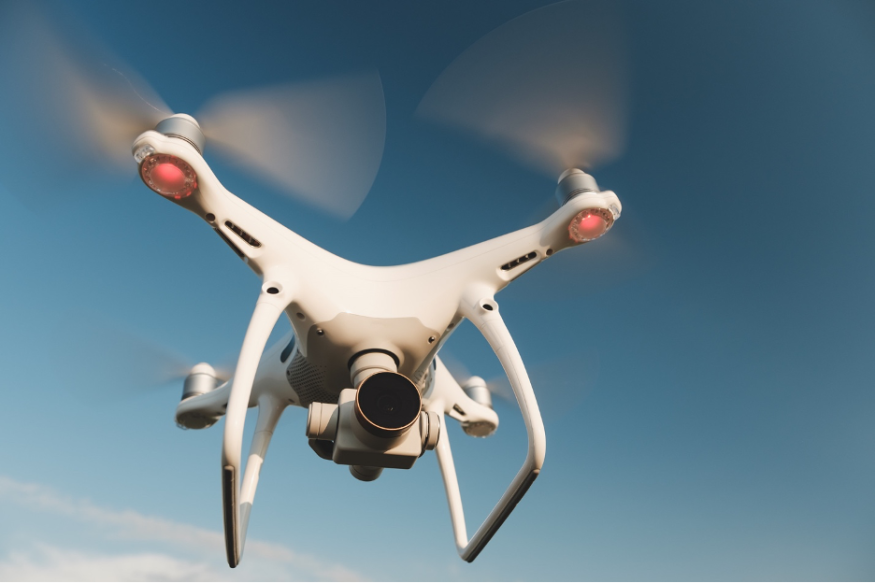
Drones pop up in unlikely places these days. Whether you're strolling through the park, watching a public event or attending a modern wedding, there's a strong chance you will see a drone whirring overhead.
Because of their ubiquity, some people might take the straightforward tools for granted. However, drones have greatly impacted several industries by streamlining and expediting various conventionally onerous processes.
Below, let's focus on a single use case for drone technology - well, two use cases, to be exact. Explore how enterprising real estate agents and inspectors are leveraging drone technology.
Drones and Real Estate Marketing
At their most basic, drones are aerial videography tools. While it was possible to execute aerial photography in the past by chartering helicopters fitted with open doors for photography, the process was prohibitively expensive. Drones have democratized these sweeping overviews. Here are a few specific ways agents use drones in their marketing.
Part of a Suite of Immersive Offerings
According to real estate expert and tech maverick Regan McGee, "we will see further use of technology like drones and virtual tours" in the next decade. (McGee knows a thing or two about real estate marketing, having spent two decades in the industry before creating an award-winning digital marketplace that's currently disrupting the space).
Drones are part of a larger suite of immersive tools helping listing agents paint an engaging portrait of a property. Alongside virtual reality and 360-degree photography, drones capture the essence of a property. With these tools, listing agents can create punchier, grabbier listings, while also appealing to sight-unseen buyers.
Surveying High-Value Estates, Large Properties and Surrounding Areas
Marketing a large property used to be tricky. As mentioned, unless an agent had the spare capital to hire a helicopter, capturing the surrounding property was nearly impossible. Drones allow for cheap, comprehensive overviews. Whether the seller is selling an acreage, farm, sprawling estate or commercial property, drones give prospective buyers a bird's eye view.
Likewise, drones can capture surrounding areas for smaller urban properties, allowing prospective buyers to see the neighbourhood.
Drones and Property Inspections
The second significant use case for drones in real estate is in property inspections. Again, property inspectors had methods for getting cameras in the air, but those methods were costly, time-consuming and occasionally dangerous. Here's how drones have stepped in to streamline the process.
Reaching Hard-to-Reach Places
Property inspectors immediately saw the potential in drone technology. Evaluating roofing, top-story sidings, eaves, etc., were chores for inspectors, often involving a dangerous ladder and a shaky camera. Drones represented a cost-effective way to reach these hard-to-reach places.
In turn, inspectors that have adopted drone technology boast a competitive edge in their market.
Relaying Accurate Photographs & Video Evidence
It's not uncommon (even these days) to see a property inspector circling a condo building with a digital camera from the early 2000s. Some use their phone, but even these modern tools do a poor job in low-lit areas. Drone photographs, by contrast, relay clear, accurate photographs and video evidence to the consumer.
The future of real estate will include drones. These simple, cost-effective tools are too beneficial for many agents and inspectors to ignore.



